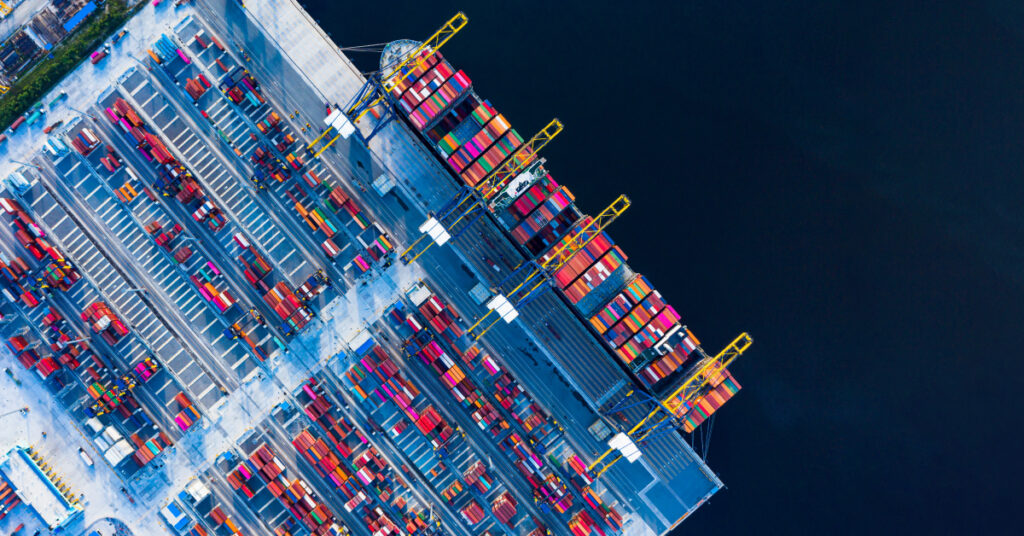Tank trucks haul one-third of all tonnage transported by truck, but finding qualified people to drive them is getting more and more difficult. Here’s why it matters and what the private and public sectors can do about it.
A transportation and labor challenge that was already prevalent in effect pre-pandemic, the national truck driver shortage is making life difficult for shippers, carriers, and the industry as a whole right now. Exacerbated by several factors—e-commerce growth, stimulus packages, and high demand for trucking capacity, to name a few—the shortage is reaching a critical point just as the national economy turns around and begins to go full steam ahead.
Where Things Stand
At this point in 2019, an estimated 10% of petroleum tank trucks across the country were parked due to a shortage of qualified drivers. Today, that number has grown to an alarming level due to the tank truck community’s inability to replace drivers lost for various reasons during the pandemic. According to the National Tank Truck Carriers, somewhere between 20% to 25% of tank trucks in the fleet are parked heading into this summer due to a lack of qualified drivers, CNN reports.
The COVID-19 pandemic dealt a serious blow to the tank truck industry as many drivers left the business due to the drop in demand for gas, chemicals, and other bulk commodities. Combined with an aging workforce, limitations set forth by the Drug & Alcohol Clearinghouse, and additional certification for driving tank trucks, the industry is now grappling with a massive shortage of qualified drivers.
“We’ve been dealing with a driver shortage for a while, but the pandemic took that issue and metastasized it,” NTTC’s Ryan Streblow told CNN. “It certainly has grown exponentially.”
Driver turnover average is around 50% annually during “normal” times, but that number increased to about 70% in April of 2020, according to Stay Metrics’ Brad Fulton. The situation hasn’t gotten any better since then. “Many of the drivers who hired on at tanker carriers last spring when the pandemic first hit left the field relatively quickly,” CNN reports, “sometimes taking jobs in industries such as construction, which has been booming over the last year.”
A Long Road Ahead
This summer, the lack of qualified truck drivers could directly impact what many expect to be a particularly busy travel period. With demand for gas already back up to 97% of where it was at this time in 2019, CNN says U.S. vacation hotspots are at most risk of shortages, with sporadic outages already reported in Florida, Arizona, and Northwest Missouri over spring break this year.
The problem may be exacerbated by strong demand for gas, which could top 10 million barrels a day for the first time ever at various points this summer. To prevent potential shortages of gasoline this summer—and to address the overall dearth of drivers right now—Odyssey Logistics is advocating for these steps:
- Relaxing Reid Vapor Pressure (RVP) requirements on seasonal gasoline for at least the summer period while also working to eliminate the backlog on driver background checks. This will help with supply disruption while also getting more drivers on the road as soon as possible.
- Establishing a relief fund for haulers specific to driver pay would enable carriers to avoid layoffs when demand is low and keep drivers employed.
- Congress should focus on strategies to maintain driver retention and influence those entering the workforce to consider the transportation industry as a viable, lucrative career.
- The government can also focus on infrastructure improvements and increasing incentives to bring more foreign drivers to the U.S., and to encourage recruitment for members of the armed services who are exiting their military careers.
- Regulators can put more effort into attracting younger drivers to the transportation industry, thus offsetting the impacts of an aging/retiring workforce.
- Finally, both the public and private sectors can help raise awareness of the tank truck industry’s role as key part of the American economy—including reiterating its place as a piece of critical infrastructure.
Tank trucks may represent about 6% of all trucking, but they’re a key they’re key part of the American economy, hauling about one-third of all tonnage transported by truck. Rather than waiting for the inevitable to happen, and for the driver shortage to escalate, Odyssey Logistics is encouraging all stakeholders to play a role in helping to minimize the impacts now and start working toward a brighter, more predictable future.








